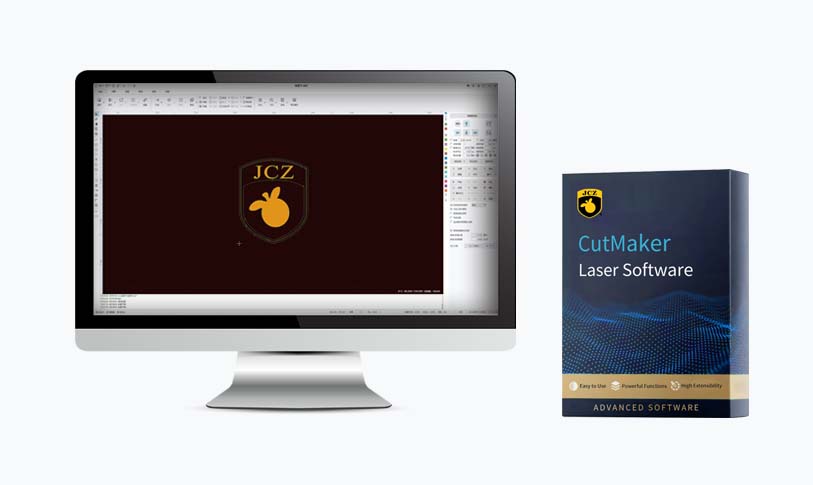In today’s rapidly evolving technological landscape, laser engraving has emerged as a pivotal tool for artists, entrepreneurs, and hobbyists alike. One of the most crucial components for successful laser engraving is the software used to design and control the engraving process. In this article, we will explore the fundamental aspects of laser engrave software, its features, and how to select the right program for your specific needs.
Understanding Laser Engraving
Laser engraving is the process of using a laser beam to remove material from the surface of an object, creating intricate designs and patterns. This technique offers unparalleled precision, making it a popular choice for various applications, including product personalization, signage, and custom gifts. To execute these designs effectively, laser engrave software acts as the intermediary between the design and the laser machine.
Key Features of Laser Engrave Software
When selecting laser engrave software, it’s essential to consider several key features that can significantly impact your engraving experience:
1. **Design Capabilities**: The best laser engrave software should enable you to create intricate designs from scratch or modify existing templates. Features like vector editing, shape manipulation, and support for various file formats (like .AI, .SVG, and .DXF) are critical for versatility.
2. **User Interface**: A user-friendly interface is paramount, especially for beginners. Look for software that offers intuitive controls, drag-and-drop functionality, and clear navigation.
3. **Compatibility with Your Laser Machine**: Different laser machines often require specific software to communicate effectively. Ensure the software you choose is compatible with your engraving and cutting machines.

Unlocking Creativity and Precision: The Essential Guide to Choosing and Using Laser Engrave Software for Your Projects
4. **Material Support**: In laser engraving, materials can range from wood and acrylic to metal and glass. Some software features specific settings for various materials, which can optimize the engraving process.
5. **Camera Alignment Features**: Some advanced software allows for camera alignment, enabling users to perfectly position designs on their workpieces, thus reducing errors and waste.
6. **Pre-Set Settings**: Depending on the lens and power settings of your laser machine, having pre-set options for different materials can streamline the engraving process and save time.
Popular Laser Engrave Software Options
While the market offers a myriad of choices, here are some popular laser engrave software solutions to consider:
1. **LightBurn**: Known for its versatility and user-friendly interface, LightBurn offers full design capabilities and works with a wide range of laser cutters. It includes features like image tracing, layout functions, and material-specific settings.
2. **Adobe Illustrator**: A staple in graphic design, Adobe Illustrator is excellent for creating intricate designs. However, users should note that they may need additional plugins or software to send designs directly to their laser machines.

Unlocking Creativity and Precision: The Essential Guide to Choosing and Using Laser Engrave Software for Your Projects
3. **CorelDRAW**: This powerful graphic design software is another popular choice for laser engraving. Its comprehensive design tools and wide range of supported file formats make it suitable for both beginners and experienced users.
4. **Inkscape**: As a free, open-source vector graphics editor, Inkscape is a fantastic choice for those just starting. It offers essential design tools and can be paired with additional software to facilitate the engraving process.
5. **RDWorks**: Specifically designed for Ruida laser controllers, RDWorks is a straightforward option for users who operate compatible machines. It allows users to create and modify designs easily while providing robust control over engraving parameters.
Making Your Choice

Unlocking Creativity and Precision: The Essential Guide to Choosing and Using Laser Engrave Software for Your Projects
Choosing the right laser engrave software ultimately depends on your specific needs, skill level, and budget. Beginners may benefit from simpler, more intuitive software solutions, while experienced users might prefer more advanced options that offer extensive customization capabilities.
Additionally, consider the community support and resources available for the software you choose. A robust user community and access to tutorials can significantly enhance your learning curve and troubleshooting experience.
Conclusion
In conclusion, laser engrave software is an indispensable tool for anyone interested in laser engraving. By understanding the key features and options available, you can select the software that best fits your creative vision and project requirements. As you embark on your engraving journey, embrace the learning process and experiment with various designs to unlock your full creative potential. With the right laser engrave software in hand, the possibilities for creating stunning, personalized designs are limitless.uv laser engraving
